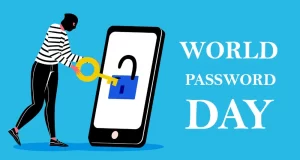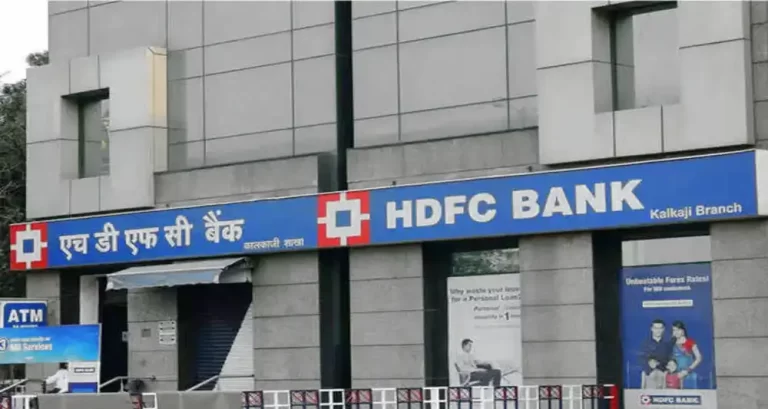Depositors are worried following the recent liquidation of San Francisco-based First Republic Bank. Contrary to Silicon Valley Bank’s closure in March, First Republic Bank depositors were aware of how to access their money the day the announcement was made, even if their balances were higher than the federal insurance limits. We’ll examine the distinctions between these two bank failures in further detail in this post, as well as what you need to know to safeguard your deposit accounts in the case of a future bank failure.
First Republic Bank and Silicon Valley Bank: The Contrast
In a statement released on Monday, the Federal Deposit Insurance Corp. (FDIC) stated that First Republic Bank “was closed.” Contrary to Silicon Valley Bank’s closure, First Republic deposit customers have immediate access to their money. The FDIC press statement states that “all First Republic Bank depositors will become depositors of JPMorgan Chase Bank, National Association, and will have full access to all of their deposits.” Additionally, the insurance on customer bank balances will remain in effect “up to applicable limits.” Federal insurance is typically only allowed up to $250,000. Yet in the case of First Republic, “JPMorgan Chase is assuming all deposits—insured and uninsured,” according to the JPMorgan Chase press release.
Contrarily, customers with deposits beyond the statutory limitations were not immediately informed of Silicon Valley Bank‘s liquidation. Two days later, the FDIC, Treasury, and Federal Reserve said in a joint statement that “depositors will have access to all of their money beginning Monday, March 13.”
FDIC Insurance: What You Need to Know
In the event of a bank failure, federal insurance permits bank customers to access their money up to the guaranteed amounts. According to the Federal Deposit Insurance Corporation (FDIC), deposit accounts, such as checking and savings accounts, are normally covered up to $250,000 per depositor, per insured bank, and per ownership type. Additionally, credit unions provide federal protection up to $250,000 per owner, per insured credit union, and per ownership category through the National Credit Union Administration.
The JPMorgan Chase statement is noteworthy because it gives First Republic Bank depositors access to their non-FDIC-insured accounts, which are typically those with balances higher than $250,000.
Protecting Your Deposits
Anyone with a checking or savings account should be reminded of the value of federal insurance in light of the closure of First Republic Bank. Make sure your money is in a financial institution that is federally insured if your balance is within the insurance coverage limits. This could be a major institution with numerous branches, a smaller local institution, or even an online institution.
In addition to banks and credit unions, financial technology firms provide interest-bearing spending and saving apps. To hold consumer funds, these businesses typically work in tandem with an FDIC-insured bank. Ask the institution immediately before creating any accounts to find out if your money would be federally insured.
Bank failures are uncommon, but they can happen. Although the three banks that failed this year are the first since October 2020, there have been 564 bank failures since 2001. There were about 4,700 FDIC-insured banks as of December 2022.

























+ There are no comments
Add yours